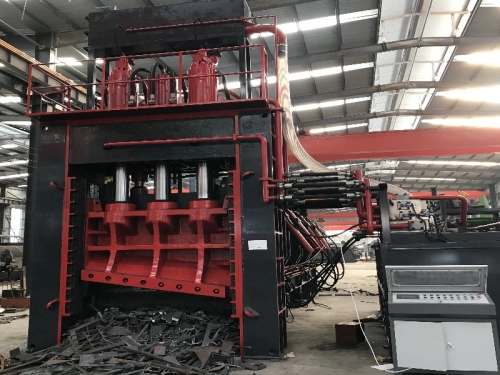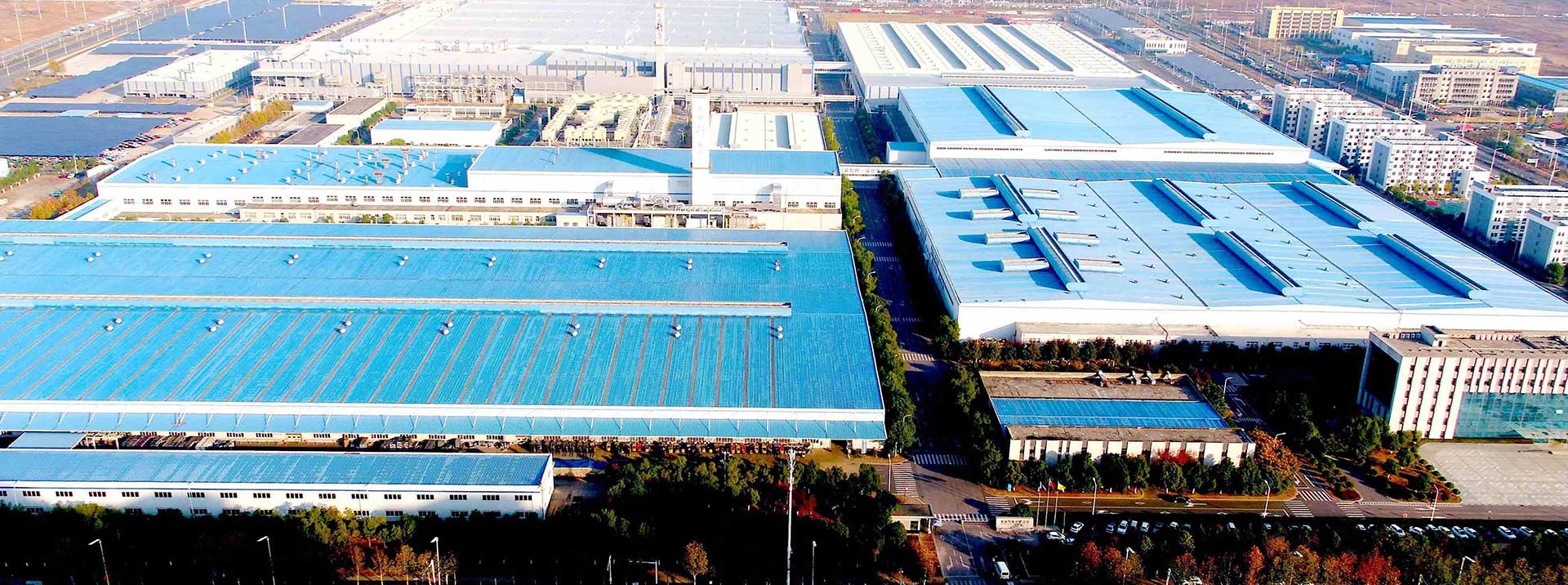Activated Carbon Activation Furnace Process Explained: Principles, Process & Advantages
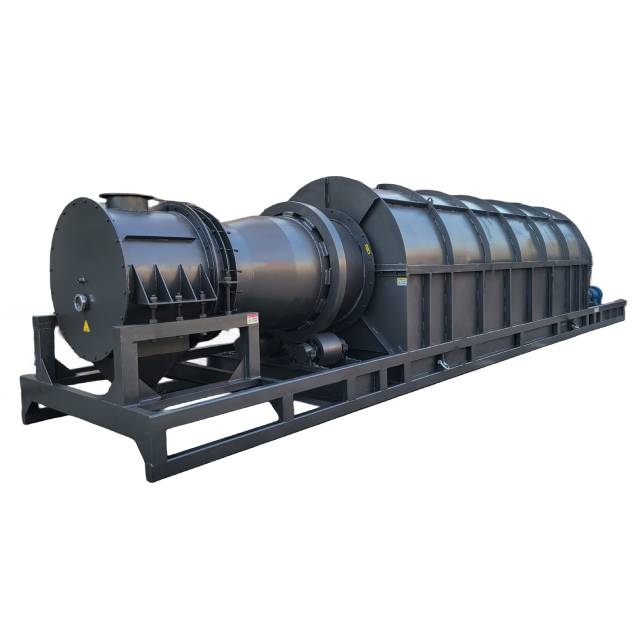
Introduction:
Activated carbon, renowned for its exceptional adsorption properties, finds extensive applications in water treatment, air purification, food industry, and beyond. The activated carbon activation furnace stands as the core equipment for producing high-performance activated carbon. This article will provide an in-depth analysis of the activation furnace process, guiding you through its fundamental principles, detailed steps, and advantages, and revealing the crucial role of the activation furnace in activated carbon manufacturing.
1. The Basic Principle of the Activated Carbon Activation Furnace
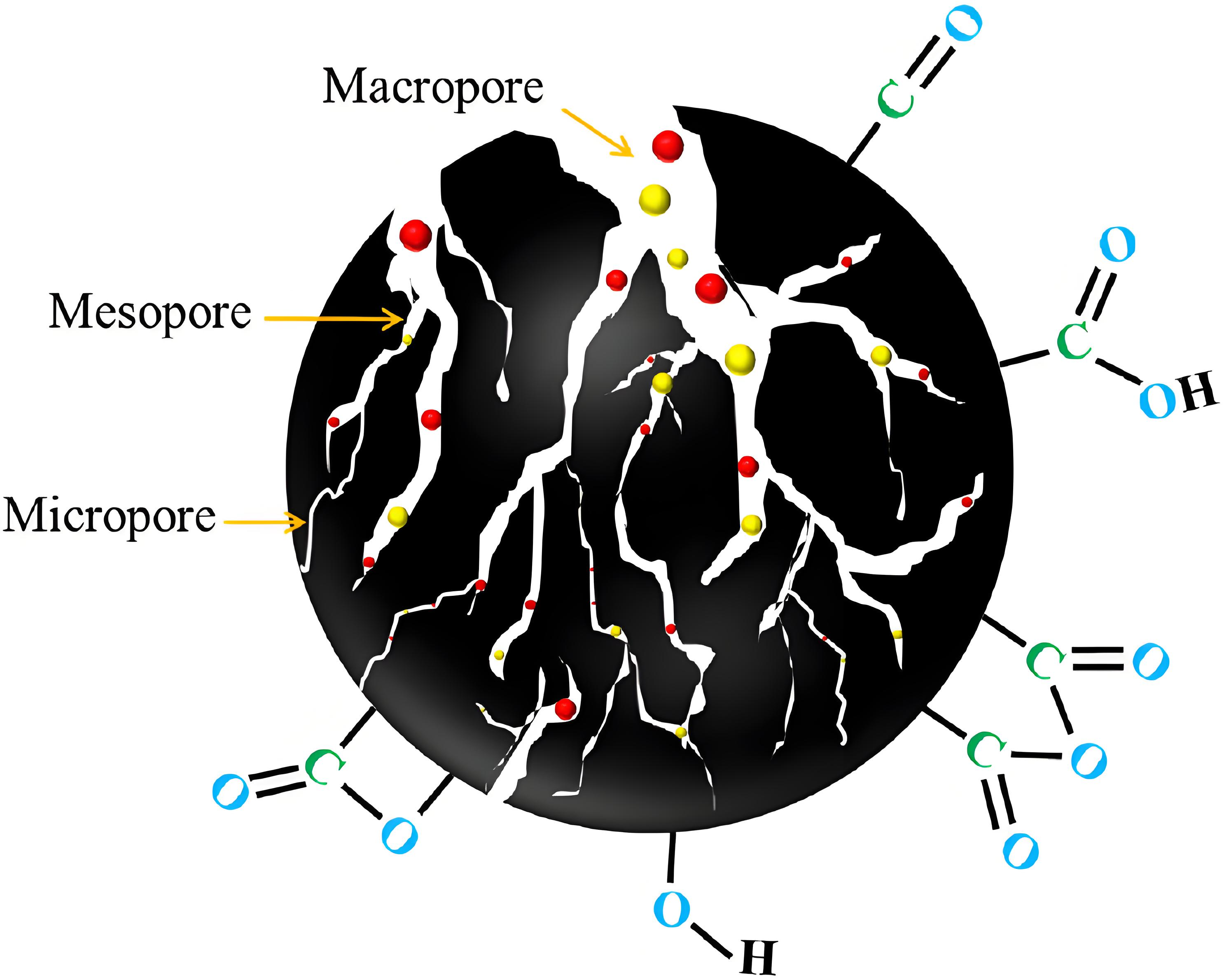
The activated carbon activation furnace is a specialized device essential for manufacturing activated carbon with superior adsorption capabilities. Its core principle lies in forming a developed pore structure within the carbon material through high-temperature activation. This process typically employs water vapor or carbon dioxide as activating agents to remove non-carbon elements from the carbon material, significantly increasing its surface area and thereby dramatically enhancing its adsorption capacity. In essence, the activation process is akin to "carving" countless microscopic pores inside the carbon material. These pores act like a vast labyrinth, providing an extensive surface area for adsorbate capture.
2. The Process Flow of the Activated Carbon Activation Furnace
Activated carbon production is a delicate and intricate process, and the activated carbon activation furnace process is a critical stage within it. Here are the detailed process flow steps:
2.1 Raw Material Selection and Pretreatment

Raw Material Selection: Prioritize selecting suitable carbonaceous raw materials for activation, such as coconut shells, fruit shells, wood, coal, etc. These materials are rich in carbon elements, forming the foundation for producing high-quality activated carbon.
Crushing: Crush the selected raw materials to ensure uniform particle size, which facilitates even heating and reaction in subsequent processes.
Drying: Dry the crushed raw materials to reduce moisture content. This step is crucial to prevent excessive smoke generation during carbonization, improve thermal efficiency, and ensure stable carbonization.
2.2 Carbonization Stage
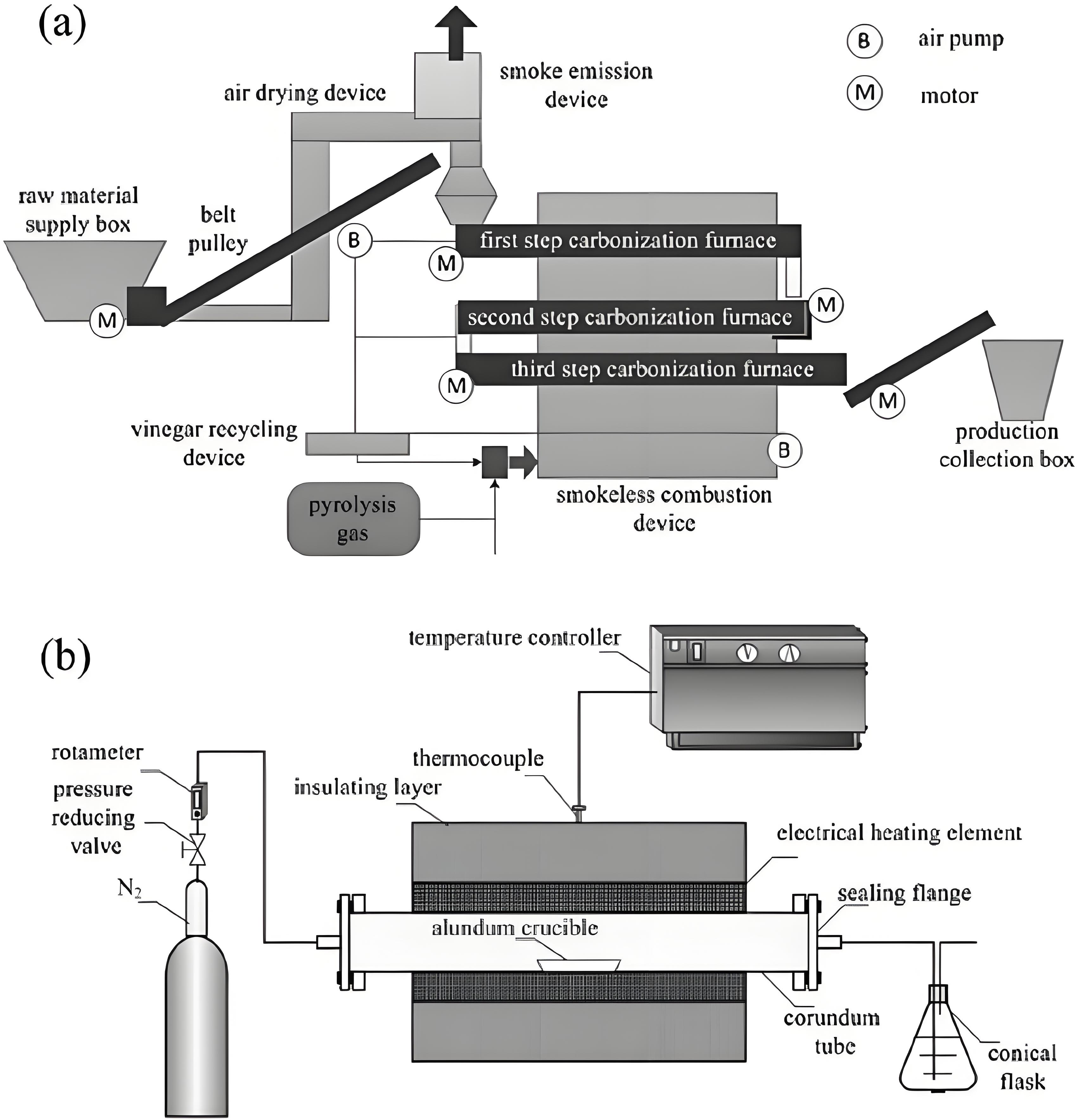
The pretreated raw materials enter the carbonization furnace and are heated in an oxygen-free or micro-oxygen environment. The primary objective of this stage is to decompose volatile components in the organic matter, leaving behind carbon-rich primary carbides, also known as biochar. The key to the carbonization stage is precisely controlling the heating rate to ensure uniform heating of materials and prevent over-carbonization or burning, which can negatively impact the subsequent activation effect. Carbonization temperature and time require precise adjustments based on raw material types and desired final product specifications.
2.3 Activation Stage

The carbonized material is then transferred to the activation furnace, where it comes into full contact with activation gases such as water vapor or carbon dioxide, undergoing a high-temperature oxidation reaction. During this process, some atoms in the carbon structure are gasified, creating a large number of micropores within the material. The pore structure of activated carbon is precisely formed during this stage. By precisely adjusting the flow rate of activation gas, activation time, and activation temperature, the specific surface area and pore size distribution of activated carbon can be meticulously controlled to meet the demands of various application scenarios. Common activation furnace types include rotary kiln activation furnaces and fluidized bed activation furnaces, each suited for different raw materials and production scales.
2.4 Cooling and Screening
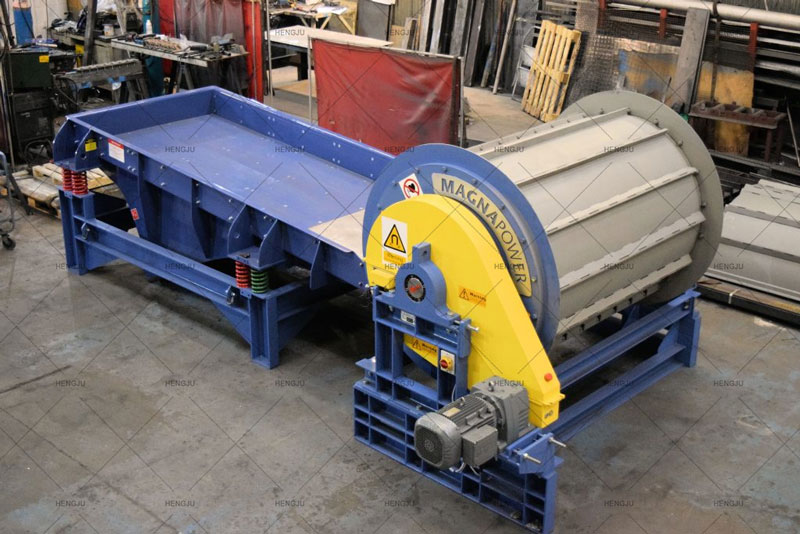
cylinder magnetic separator Vibrating screen used for activated carbon product screening
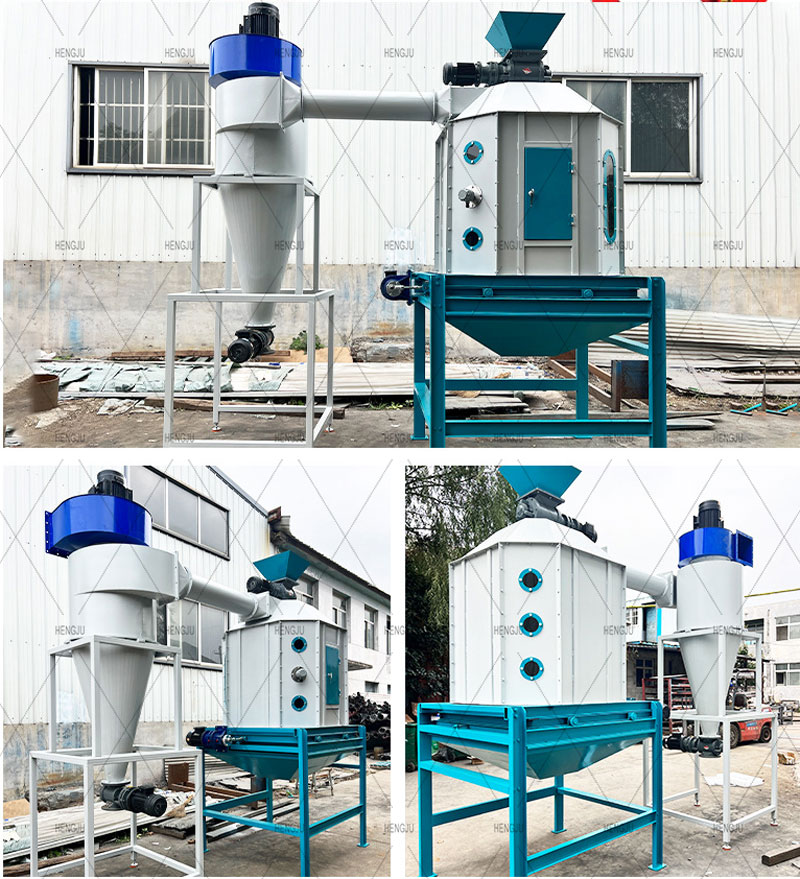
Counterflow air drying cooler For activated carbon cooling
After activation, the activated carbon needs to be rapidly cooled to prevent secondary oxidation at high temperatures and reduce energy consumption. The cooled activated carbon is then screened using a vibrating screen to obtain granular or powdered products meeting specific size requirements. Different applications have varying particle size requirements for activated carbon. The screening process effectively removes non-compliant products, ensuring product quality.
3. Advantages of the Activated Carbon Activation Furnace
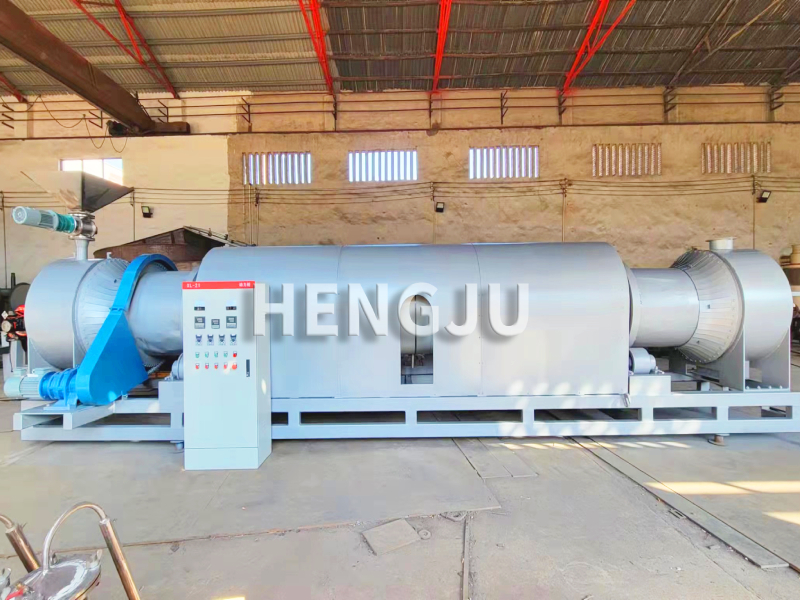
Infographic highlighting the advantages of Hengju Machinery's activated carbon activation furnace: efficiency, automation, quality, environment
The activated carbon activation furnace manufactured by Hengju Machinery boasts significant advantages, providing customers with efficient, stable, and environmentally friendly activated carbon production solutions:
High Efficiency and Energy Saving: Optimized furnace structure design and a heat recovery system significantly improve energy utilization rate, reducing production costs and enhancing the economic benefits for businesses.
High Degree of Automation: The adoption of a PLC intelligent control system enables precise adjustment and automatic operation of the production process, minimizing manual intervention and ensuring consistent product quality.
Stable Product Quality: Precise process control and stable equipment operation guarantee the stability and consistency of key indicators for activated carbon products, such as specific surface area and pore size distribution, meeting customer demands for high-quality activated carbon.
Excellent Environmental Protection Performance: An advanced flue gas treatment system effectively reduces smoke and dust emission, complying with increasingly stringent environmental regulations and assisting businesses in achieving green production.
Conclusion:
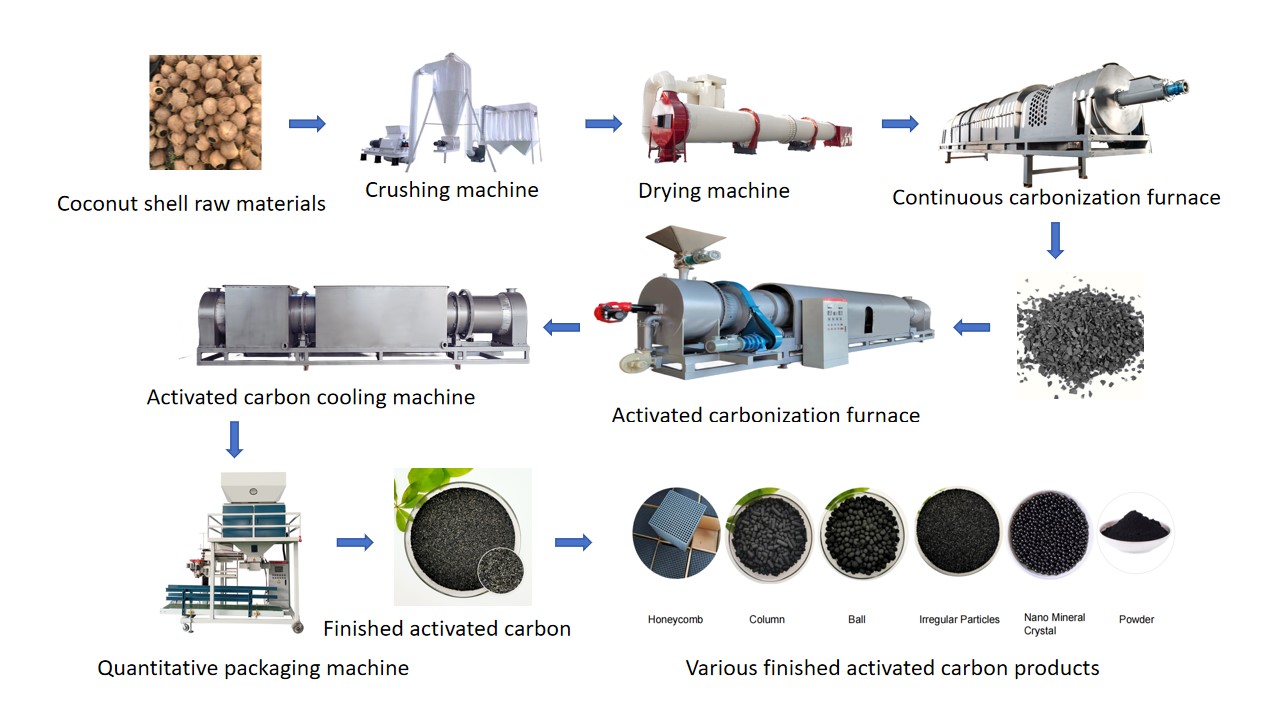
Contact information for Hengju Machinery, emphasizing expert consultation for activated carbon production lines
If you are also interested in the activation furnace or wish to learn more about the activated carbon production line, please contact Hengju Machinery immediately! Our team of professional engineers will tailor an efficient, energy-saving, and environmentally friendly activated carbon production solution to your specific needs. We look forward to partnering with you!
Copyright: Copyright belongs to Hengju Machinery! Reprint please indicate the source: https://www.hengjumachinery.com/industry-news/activated-carbon-activation-furnace-process-explained-principles-process-.html

